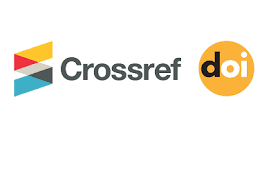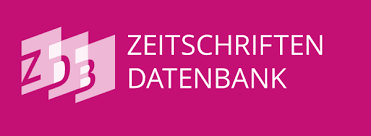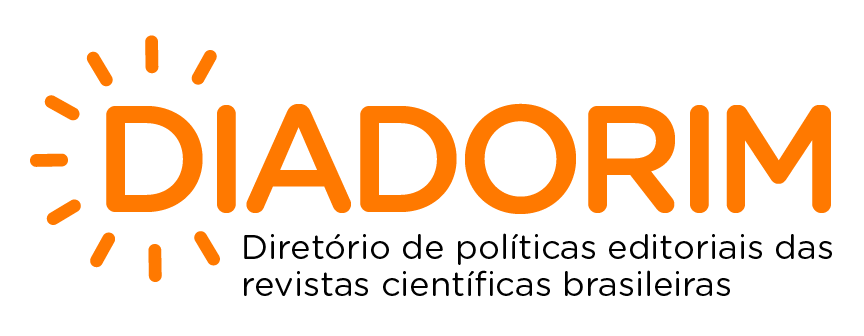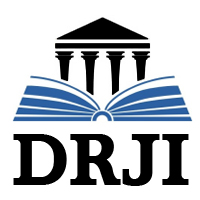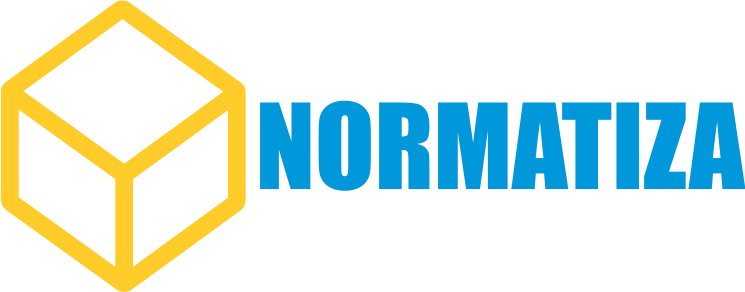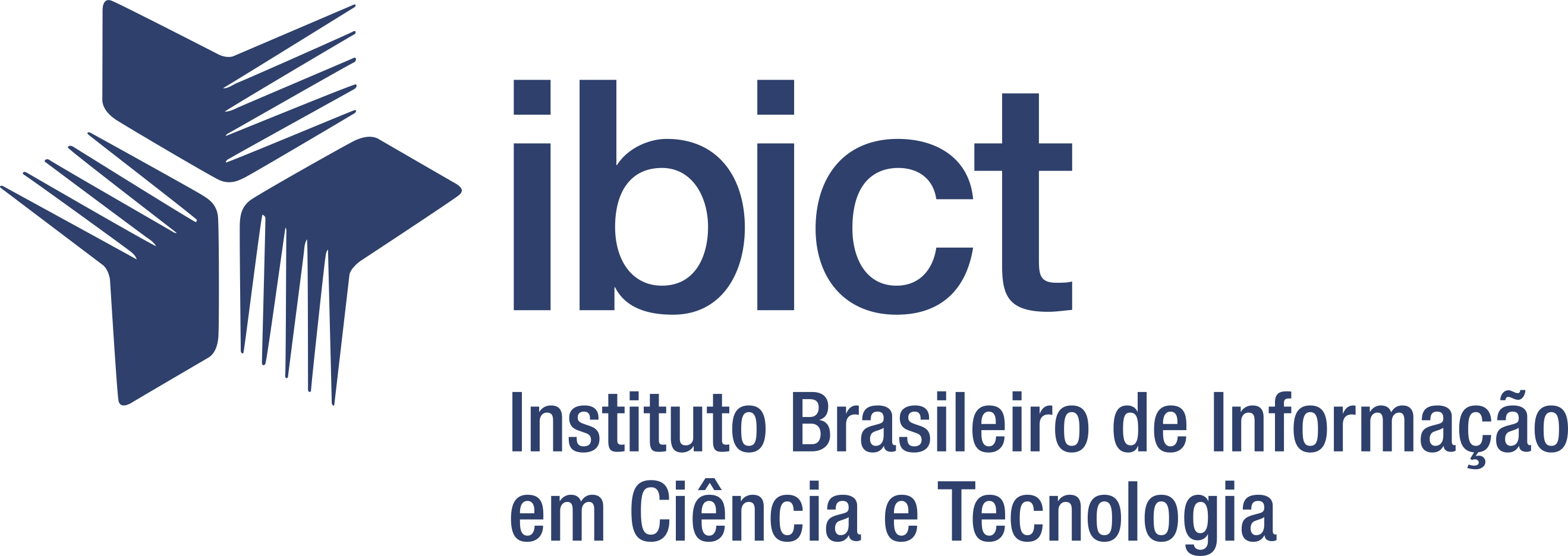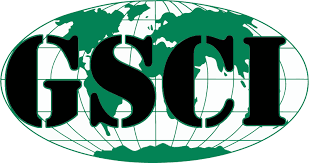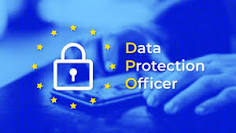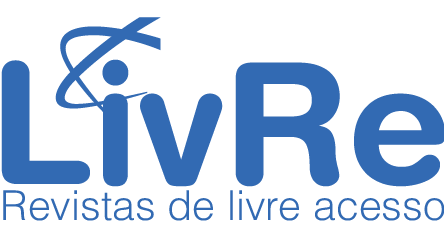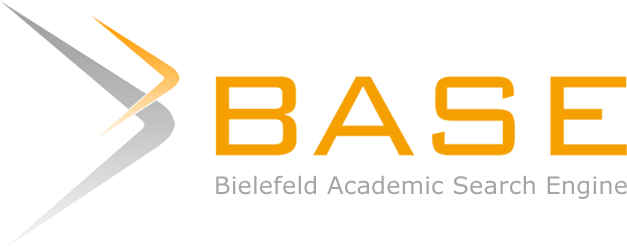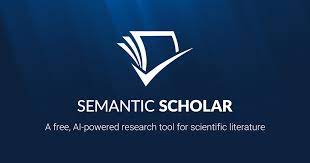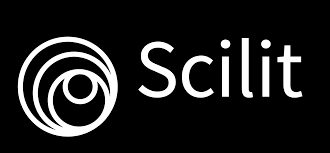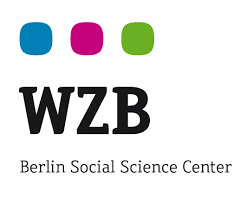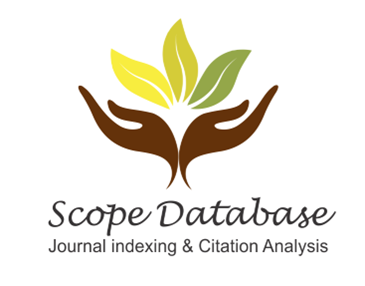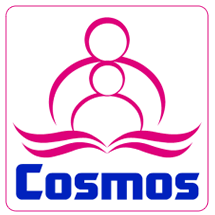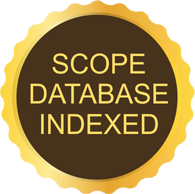LOS FUNDAMENTOS DE LA TERAPIA Y LA NEUROCIENCIA PARA EL ALTO RENDIMIENTO DEPORTIVO
DOI:
https://doi.org/10.53612/recisatec.v2i7.152Palabras clave:
Neurociencia , Deporte, Alto rendimiento, TerápeuticaResumen
Este artículo es solo una vista previa, una copia del trabajo realizado para un alto rendimiento del atleta con el uso de las neurociencias, es decir, utilizando la neuroanatomía del sistema nervioso, con métodos que están científicamente probados y firmados por científicos médicos, donde los individuos son evaluados en función de sus matices desde la historia del comportamiento, como a través de la posibilidad de usar neuroimágenes o comprensión del cerebro que revelan las verdaderas razones del comportamiento, así como las regiones cerebrales relacionadas en su conjunto para una mayor efectividad posible y un alto rendimiento.
Descargas
Citas
BRÜMMER, V. et al. Primary motor cortex activity is elevated with incremental exercise intensity. Neuroscience, v. 181, p. 150–162, 2011. DOI: https://doi.org/10.1016/j.neuroscience.2011.02.006
CHERON, G. et al. Brain oscillations in sport: Toward EEG biomarkers of performance. Frontiers in psychology, v. 7, 2016. DOI: https://doi.org/10.3389/fpsyg.2016.00246
DRAGANSKI, B. et al. Changes in grey matter induced by training. Nature, v. 427, n. 6972, p. 311–312, 2004. DOI: https://doi.org/10.1038/427311a
DUNST, B. et al. Neural efficiency as a function of task demands. Intelligence, v. 42, p. 22–30, 2014. DOI: https://doi.org/10.1016/j.intell.2013.09.005
FREUD, Sigmund. Livro 29. 1ed.São Paulo:ed.sujetadores,1993.
DWECK, C. Mentalidades, Desarrollando, Talento através de una Mentalidad de Crecimento. Entrenador olímpico, v. 21, 2009.
JI, J. L. et al. Mapping the human brain’s cortical-subcortical functional network organization. NeuroImage, v. 185, p. 35–57, 2019. DOI: https://doi.org/10.1016/j.neuroimage.2018.10.006
LIGHT, G. A. et al. Electroencephalography (EEG) and event‐related potentials (ERPs) with human participants. et al [Current protocols in neuroscience], v. 52, n. 1, 2010. DOI: https://doi.org/10.1002/0471142301.ns0625s52
LIN, T.-W.; TSAI, S.-F.; KUO, Y.-M. Physical exercise enhances neuroplasticity and delays Alzheimer’s disease. Brain plasticity, v. 4, n. 1, p. 95–110, 2018. DOI: https://doi.org/10.3233/BPL-180073
MEIER, J.; TOPKA, M. S.; HÄNGGI, J. Differences in cortical representation and structural connectivity of hands and feet between professional handball players and ballet dancers. Neural plasticity, v. 2016, p. 1–17, 2016. DOI: https://doi.org/10.1155/2016/6817397
NAITO, E.; HIROSE, S. Efficient foot motor control by Neymarâ€TMs brain. Frontiers in human neuroscience, v. 8, 2014. DOI: https://doi.org/10.3389/fnhum.2014.00594
ORBAN, P. et al. The multifaceted nature of the relationship between performance and brain activity in motor sequence learning. NeuroImage, v. 49, n. 1, p. 694–702, 2010. DOI: https://doi.org/10.1016/j.neuroimage.2009.08.055
PAGÁN, O. R. The brain: a concept in flux. Philosophical transactions of the Royal Society of London. Series B, Biological sciences, v. 374, n. 1774, p. 20180383, 2019. DOI: https://doi.org/10.1098/rstb.2018.0383
PARK, S.-B. et al. Transcranial Direct Current Stimulation of motor cortex enhances running performance. PloS one, v. 14, n. 2, p. e0211902, 2019. DOI: https://doi.org/10.1371/journal.pone.0211902
PILAY, S. Las recompensas que faltan que motivan cambios saludables en el estilo de vida.
Harvard Health Publishing, 2016
SEVERENS, M. et al. Feasibility of measuring event Related Desynchronization with electroencephalography during walking. 2012 Annual International Conference of the IEEE Engineering in Medicine and Biology Society. Anais...IEEE, 2012. DOI: https://doi.org/10.1109/EMBC.2012.6346537
SUN, F. T. et al. Functional connectivity of cortical networks involved in bimanual motor sequence learning. Cerebral cortex (New York, N.Y.: 1991), v. 17, n. 5, p. 1227–1234, 2006. DOI: https://doi.org/10.1093/cercor/bhl033
SYMEONIDOU, E.-R. et al. Effects of cable sway, electrode surface area, and electrode mass on electroencephalography signal quality during motion. Sensors (Basel, Switzerland), v. 18, n. 4, p. 1073, 2018. DOI: https://doi.org/10.3390/s18041073
TAN, H. Y.; CHO, H.; LEE, L. P. Modelos de mini-cérebros humanos. Natureza biomédica engenharia. v.5, n.1, págs. 11-25, 2021 DOI: https://doi.org/10.1038/s41551-020-00643-3
THOMPSON, T. et al. EEG applications for sport and performance. Methods, v. 45, p. 279–288, 2008. DOI: https://doi.org/10.1016/j.ymeth.2008.07.006
VAN GERVEN, M. et al. The brain–computer interface cycle. Journal of neural engineering, v. 6, n. 4, p. 041001, 2009. DOI: https://doi.org/10.1088/1741-2560/6/4/041001
WITTMER, J. L. S.; HOPKINS, M. M. Leading remotely in a time of crisis: Relationships with emotional intelligence. Journal of leadership & organizational studies, v. 29, n. 2, p. 176–189, 2022. DOI: https://doi.org/10.1177/15480518211053531
YARROW, K.; BROWN, P.; KRAKAUER, J. W. Inside the brain of an elite athlete: the neural processes that support high achievement in sports. Nature reviews. Neuroscience, v. 10, n. 8, p. 585–596, 2009. DOI: https://doi.org/10.1038/nrn2672
Descargas
Publicado
Cómo citar
Número
Sección
Categorías
Licencia
Derechos de autor 2022 RECISATEC - REVISTA CIENTÍFICA SALUD Y TECNOLOGÍA

Esta obra está bajo una licencia internacional Creative Commons Atribución 4.0.
Os direitos autorais dos artigos/resenhas/TCCs publicados pertecem à revista RECISATEC, e seguem o padrão Creative Commons (CC BY 4.0), permitindo a cópia ou reprodução, desde que cite a fonte e respeite os direitos dos autores e contenham menção aos mesmos nos créditos. Toda e qualquer obra publicada na revista, seu conteúdo é de responsabilidade dos autores, cabendo a RECISATEC apenas ser o veículo de divulgação, seguindo os padrões nacionais e internacionais de publicação.








